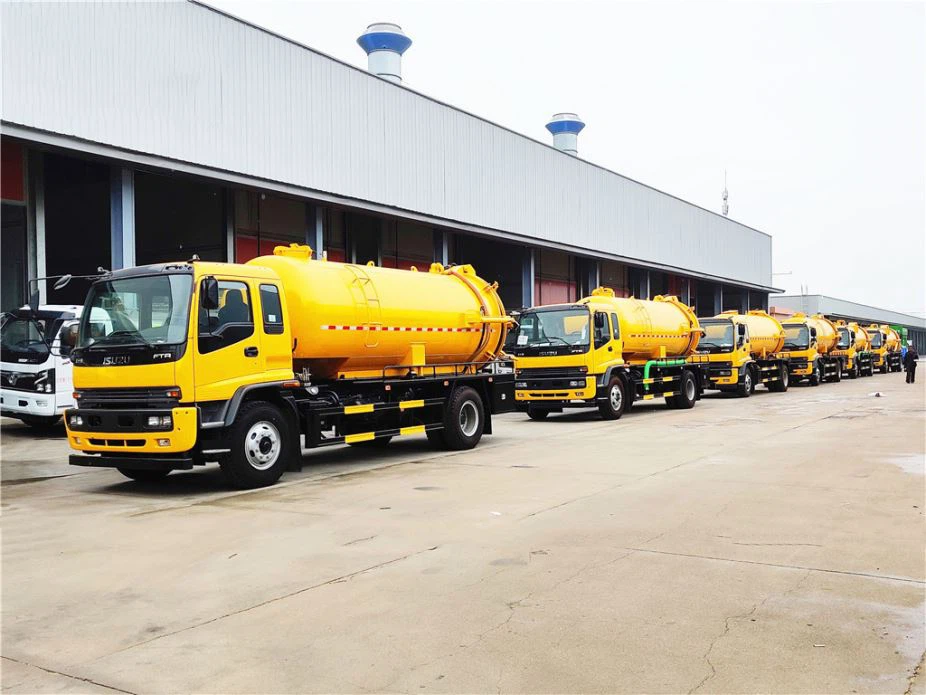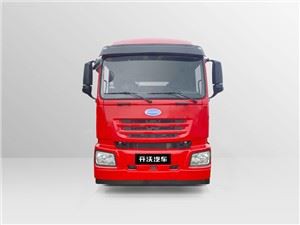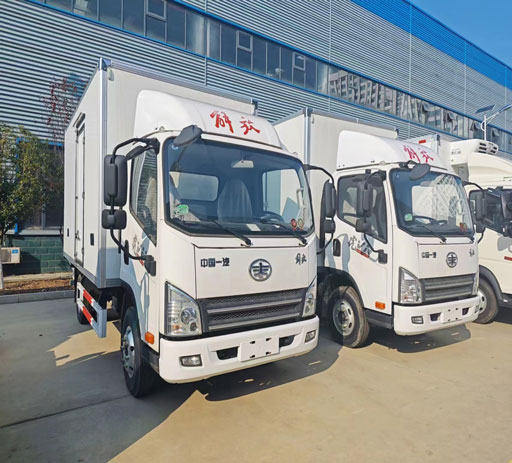Understanding Arm Trucks: A Comprehensive Guide

Introduction
The arm truck, also known in various industries by more specific names such as knuckleboom cranes or articulating boom trucks, is an invaluable piece of equipment that simplifies heavy lifting and transportation tasks. These specialized vehicles combine the functionalities of trucks with heavy lifting capabilities, allowing for efficient loading and delivery in environments where traditional cranes might not fit. In this article, we will delve deeply into what arm trucks are, their types, functionality, applications, maintenance tips, and much more, providing readers with a quality understanding to help them make informed decisions regarding arm trucks.
What is an Arm Truck?
An arm truck is a vehicle equipped with a hydraulic boom that can be articulated to reach and lift heavy loads. These trucks are essential in various fields, including construction, landscaping, telecommunications, and utilities. The design of an arm truck enables it to navigate through tight spaces while providing the reach necessary to lift loads at varied heights.
Key Components of an Arm Truck
Understanding the essential components of an arm truck is crucial for grasping how they operate.
- Truck chassis: The vehicle base that supports the weight and components of the arm truck.
- Hydraulic boom: The arm that extends and retracts to reach loads, usually having multiple joints.
- Control system: The hydraulic and electronic systems that manage the arm’s movement.
- Lift capacity: The maximum weight that the arm truck can safely lift.
- Payload area: The space where loads are stored during transport.
Types of Arm Trucks
1. Straight Boom Arm Trucks
Straight boom arm trucks have a single arm that extends in one direction. They are ideal for straightforward vertical lifting tasks where overhead obstacles are minimal.
2. Articulating Boom Trucks
These trucks feature multiple joints, allowing the boom to bend and reach around obstacles. This makes them perfect for navigating tight spaces and lifting loads over barriers.
3. Knuckle Boom Trucks
Knuckle boom trucks have a unique bending mechanism that allows their arm to fold up like a knuckle. These provide flexibility in reaching difficult spots and are often used in delivery and logistics.
4. Telehandler Trucks
Telehandlers, or telescopic handlers, extend and retract their arms, offering much greater reach compared to traditional arm trucks. They’re common in construction and agriculture for handling various loads.
Applications of Arm Trucks
1. Construction Sites
Arm trucks are crucial on construction sites for lifting and placing heavy materials like beams, trusses, and concrete blocks. Their ability to navigate tight job sites enhances efficiency.
2. Utilities
Utility companies rely on arm trucks for tasks such as installing or repairing telephone lines, street lights, and power lines. The extended reach simplifies work in hard-to-reach areas.
3. Landscaping and Tree Services
Landscapers and tree removal services use arm trucks to reach heights necessary for trimming and removing trees without damaging surrounding structures.
4. Delivery Services
Arm trucks are increasingly utilized in logistics and delivery services, particularly for loading and offloading bulky goods in residential or commercial areas.
Choosing the Right Arm Truck
Selecting the appropriate arm truck for your needs involves considering various factors:
1. Load Capacity
Determine your maximum lifting requirements and choose a truck that can handle that weight comfortably.
2. Reach & Height
Assess the height and reach needed for your tasks. Articulating arm trucks offer excellent reach for those needed for complicated jobs.
3. Environment
Consider whether the truck will be used indoors, outdoors, or in tight spaces. Some models are more suited for certain environments than others.
4. Fuel Type
Arm trucks can be powered by diesel, gasoline, or electricity. The choice depends on operational costs, locations, and environmental regulations.
5. Brand Reliability
Invest in arm trucks from reputable manufacturers that offer warranties and reliable support services.
Practical Tips for Operating Arm Trucks
1. Training and Certification
Ensure that all operators are trained and certified to safely use arm trucks. This reduces the risk of accidents and ensures compliance with legal requirements.

2. Regular Maintenance
Establish a maintenance schedule to check hydraulic systems, boom integrity, and safety features. Regular inspections can prevent costly breakdowns.
3. Load Management
Always adhere to the manufacturer’s guidance on load limits. Overloading can lead to accidents and equipment failure.
4. Use of Safety Equipment

Operators and bystanders should wear appropriate personal protective equipment (PPE), like helmets, gloves, and harnesses, when working around arm trucks.
Maintenance of Arm Trucks
1. Daily Checks
Conduct daily pre-operation checks on hydraulic fluid levels, brakes, lights, and boom functions.
2. Periodic Service
Follow the manufacturer’s recommended service intervals for in-depth inspections and repairs.
3. Lubrication
Ensure that moving parts are regularly lubricated to reduce wear and tear. This includes joints and hydraulic connections.
4. Hydraulic System Maintenance
Check for leaks, replace filters, and keep the hydraulic fluids at proper levels to ensure optimal performance.
Cost Factors for Arm Trucks
When assessing the costs associated with arm trucks, consider the following aspects:
1. Purchase Price
The initial cost can vary greatly depending on the brand, model, and specifications of the truck.
2. Insurance
Owning an arm truck requires liability and equipment insurance, which can add to the overall operating costs.
3. Maintenance Costs
Factor in both scheduled and unexpected maintenance expenses to budget effectively.
4. Fuel and Operational Costs
Different power sources will incur varying costs. Assess the fuel efficiency for diesel and gasoline options, as well as the electricity costs for electric models.
Frequently Asked Questions (FAQs)
1. What can an arm truck be used for?
Arm trucks are used in various industries, including construction, utilities, logistics, landscaping, and telecommunication, primarily for lifting and transporting heavy loads.
2. How much weight can an arm truck lift?
The lifting capacity of an arm truck varies by model but typically ranges from a few hundred pounds to several tons. Always consult the manufacturer’s specifications.

3. How do I choose the right arm truck for my needs?
Consider your load capacity requirements, reach and height needed, environment, fuel type, and brand reliability when choosing an arm truck.
4. Is training required to operate an arm truck?
Yes, proper training and certification are necessary to ensure safe operation and compliance with legal safety standards.
5. What are the maintenance requirements for an arm truck?
Regular inspections, daily checks, lubrication of moving parts, and adhering to the manufacturer’s maintenance schedule are key to keeping an arm truck in good working condition.
6. Can arm trucks operate in tight spaces?
Yes, articulating and knuckle boom arm trucks are specifically designed to navigate tight spaces, making them ideal for urban or confined environments.
